Every mile is two in winter – George Herbert
It’s late fall in the midwest and cold and snow have already set in. After weeks of mild weather, it’s now in the 20’s – winter is here!
It’s past time to go down your winter checklist – do so today!
VEHICLE PREPERATION
1. We do not park our car with the fuel tank under half. In fact, fill it up every chance you get. A full tank always wins. Winding up in a ditch during a storm where you may have to wait hours for help is not the time to be running on fumes. Fuel means heat, as well as a charged battery for hazard lights and phone charging.
2. Tires.
Gone are the days where we all changed from summer to winter tires, but some of us still do. If you’re one who does, do it now. If you’re not, check your tires today for wear and proper inflation. AND CHECK THE SPARE!
3. General maintenance.
If you’ve been driving around with your check engine light on, get it looked at. Again, breaking down in the middle of a snowstorm when it was preventable is amateur hour. Oil change – check your lights – change the windshield wiper blades!
4. Have a “survival” bag in your vehicle containing:
– Food that is still edible should it freeze. Power bars, etc…
– Water
– A heat source to thaw the water should it freeze
– Hand warmers, survival blanket (like those made by Performance Systems), spare hat, gloves, socks.
– Flashlight, spare batteries (head lamp style is a great way to go when you need your hands free.)
– Emergency LED beacon/flashing light
– Back up power bank, for charging phones and running electronic devices. They are now powerful enough to jump start your car!
– Anything else you think you need (spare glasses, medications, toiletries, etc…)
– “Burner phone” in case yours is dead, broken, or comes in contact with water.
– Spare ammunition, magazines, and cleaning kit for your daily carry gun(s)
– Blade(s.) My personal bag contains a spare folding knife, along with a Hoffner Beast. The Beast being a wonderful tool for prying, breaking glass, and chopping.
– Safety glasses.
5. Emergency Equipment in Vehicle
– Tow strap
– Flares, or emergency LED lights
– Jumper cables
– Can of fix a flat
– Folding, or small shovel (or two, for digging yourself out of snow or a ditch)
– Ice scraper
– Small bag of ice melt (can be used for traction)
– Pry bar you can get a automobile door open with in the event of accident.
– Tarp or plastic sheeting, along with “100 mile an hour” tape to cover broken windows while waiting for help.
– Heat source, like hand-warmer style heat packs.
6. First Aid Kit
– Israeli Battle Dressings

T3 Israeli Battle Dressing from Performance Systems. Every member of the family should know how to use them!
– Space blankets, hand warmers.
– Tourniquets
– Assortment of gauze, small bandages, tape, etc…
– Flash light w/spare batteries. And we recommend the “head lamp” style worn on your head, which frees your hands to work on yourself or a patient.
– Rifle/long guns in low profile case (like those manufactured by Sneaky Bags), along with multiple spare magazines, fully charged.
It is our recommendation that all of us should be driving 4 wheel drive vehicles and have full size spare tires. Of course, that isn’t always practical, but economy 4WD cars are common, and full size tires can always be purchased and added to the trunk. We can find a way.
YOU PERSONALLY
- Do not leave the house without proper footwear! Even going to the gym or a wedding, have winter boots with you!
- Warm clothing, proper coat/hat/gloves/eye protection. Thermal underwear, spare gloves, etc., at least in the vehicle if you’re unable to wear them.
- Cell phone fully charged.
- Daily carry gun(s) with reload, OC spray, blade, flashlight, IBD and/or tourniquet ON YOUR PERSON!
- When was the last time you were at the range? When was the last time you practiced drawstroke around winter clothing?
- Check the weather before you go.
- Drive slower – don’t allow distractions – leave LOTS of extra space between you and other vehicles – don’t make unnecessary trips!
YOUR HOME
1. At the very least, have two weeks worth of supplies at home. Food, water, medications, etc… If you’re one of the panic buyers clearing store shelves of bread 3 hours before the storm hits, you’re doing it wrong. The object is to be prepared so exposure to risk is minimized. A 3-month supply of canned goods, MRE’s, etc., is best. Include with that water storage, and water filtration. How will you heat food if the power is out? How will you flush toilets if the water is off?
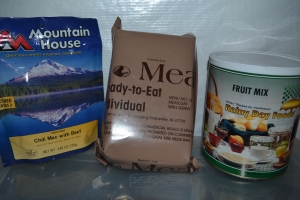
Many types of storage food are available, but you don’t need to spend a fortune. Cans of soup are good get you through a snowstorm!
2. Light sources in event of power outage. Candles seem like a great idea, but they are a fire hazard. With today’s LED technology, lamps and lanterns with long battery life are available for minimal cost. Lots of batteries, lots of spare flashlights.
3. If your budget and circumstances allows, a back-up generator for you home can turn potential catastrophe into a mild speed bump.
Generators must be run outside to assure a carbon monoxide-free environment. Consult an electrician for proper installation procedures.
4. Double check batteries in smoke alarms and carbon monoxide detectors. Have a fire extinguisher in every room the family regularly uses, as well as the basement and garage.
5. Snow shovels, gas for snow blowers, ice melt, etc…
6. A major first aid kit containing multiple copies of IBD’s, assortment of other bandages and gauze, splints, burn care supplies, spare medications for family member requiring them, tourniquets, cold and flu medications, thermometer, alcohol, peroxide, hand sanitizer, exam gloves, cotton balls, q-tips, splinter removal kit, eye wash, flashlight/head lamp, stethoscope and sphygmomanometer (even if you don’t know how to use them, your neighbor, or the EMT on the other end of the phone, might), antibiotics, pain relievers, EMT sheers, knife, tweezers, temporary filling kit, and anything else you think you may need, or that you know how to use.
7. Automotive battery charger.
8. Back-up power banks for charging phones and electronic devices. Back-up’s can be charged with portable solar panels, as well. Many available for under $100 will also jump start a car.
9. A good supply of pet food and medications.
10. Toilet paper, feminine hygiene supplies, soap, razors, etc…
11. As much spare fuel as you can safely and legally store where you live.
12. Plastic sheeting, 100-mile-a-hour tape, staple gun, hammer, nails, etc., for sealing off storm damaged widows and doors.
13. Locate your water and gas shut off valves, understand how they function, and have the tools you need to work them.
14. Alternate heating device that is indoor use safe, like the Mr. Heater propane MH18B, along with spare fuel.
15. In a worst case, where the power is out, and heating needs to be accomplished with an indoor safe space heater, you may need to move the entire family into one room to sleep. Air mattresses, sleeping bags, and extra blankets should be on the list.
FINAL NOTE
This is by no means a comprehensive list. Rural home owners will have different needs than apartment dwellers, etc… You can add or subtract to the list as needed. And if you have a better item or idea, by all means use it!
The point is: Don’t put yourself or others at risk because you failed to take simple preparatory steps. Forcing EMS to brave a winter storm because you forgot to pick up your father’s insulin is inexcusable. Emergencies and accidents happen enough without creating them through laziness.
Take charge of your life!
By failing to prepare, you are preparing to fail. – Benjamin Franklin

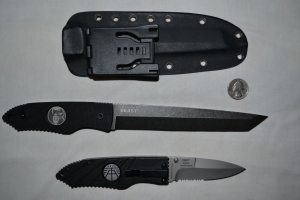
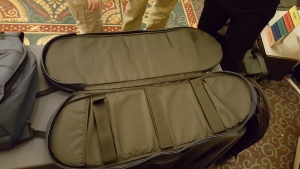

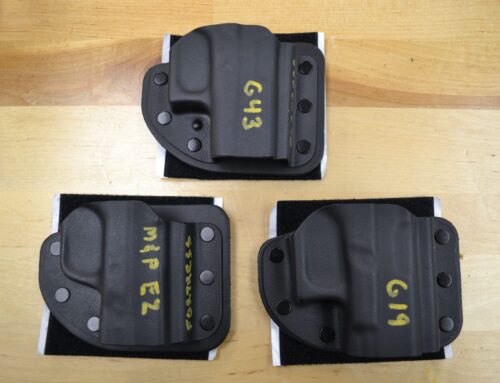

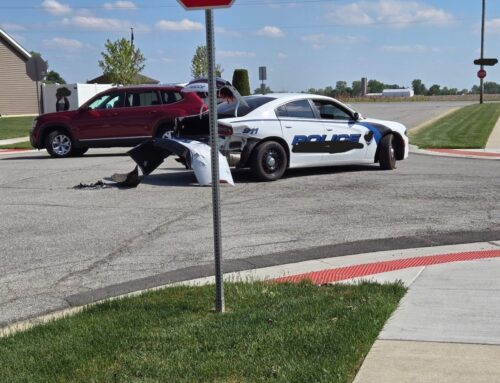
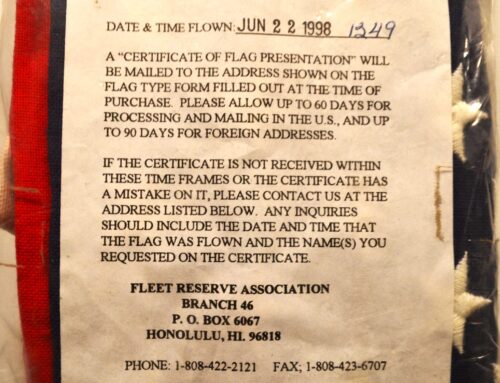
Leave A Comment
You must be logged in to post a comment.